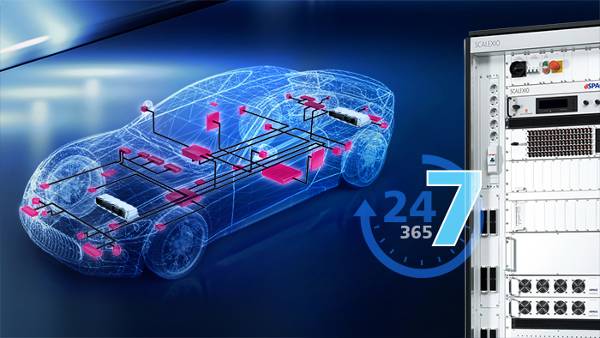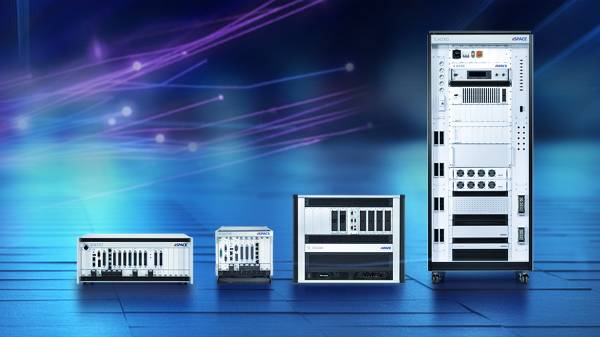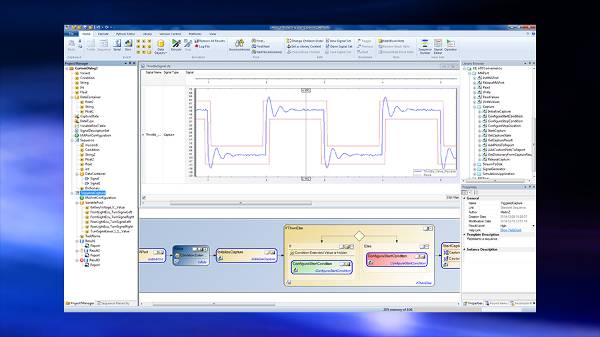Gear changes must be done safely and as quickly as possible. How do you make sure everything goes right in these few microseconds? This is a task for a simulator that enables 24-hour high-speed testing and saves massive amounts of time during development.
To improve fuel efficiency and reduce the use of environmentally hazardous substances, Aisin Corporation is increasingly turning to electrification. It has developed an integrated electromechanical shift-by-wire system that includes actuators (in this case electric motors), reduction gears, control units, and sensors to make shifting operations more efficient. With shift-by-wire, transmission modes in a vehicle can be switched by electronic controls without a mechanical connection between the gearshift lever and the transmission. This saves weight and space, and it also makes gear changes significantly faster. As the automation of vehicle technology progresses, by-wire technology has become indispensable. Aisin's ideal shift-by-wire system is the achievement of fast and precise shifting as a functional value and electromechanical integration as a safety value.
"We wanted to test the new technology as early as possible during development so that we would have to invest less time in downstream steps," explained Atsuto Ogino, General Manager Chassis and Vehicle Safety System at Aisin. "One of our greatest challenges was to feed faults into the shift-by-wire system at microsecond intervals in order to comprehensively test safety-critical parts of the actuator or electric motor control system. An undertaking that gave us some sleepless nights due to the complexity and precision required."
Software First for More Precise and Faster Development
Software is becoming increasingly important not only in vehicles, but also in the field of control system development. There is a ‘software first’ approach that separates software from hardware and prioritizes software development. Developments that are made through repeated evaluation and refinement of traditional models, which often led to problems when processes did not run according to plan, are therefore increasingly becoming a thing of the past. Instead, the current focus is on ensuring that information gained through simulations in virtual environments is incorporated into development in a timely manner. Based on this experience, the real products can then be implemented much more precisely and quickly.
Processes can be worked out in advance through simulation, so specifications do not necessarily have to complete debugging. Design reviews based on simulation results can also be used to eliminate ambiguous specifications. The basis for this work is the continuous improvement of test environments and tools. These improvements are what makes it possible to use models to evaluate software in virtual environments instead of in real vehicles and machines.
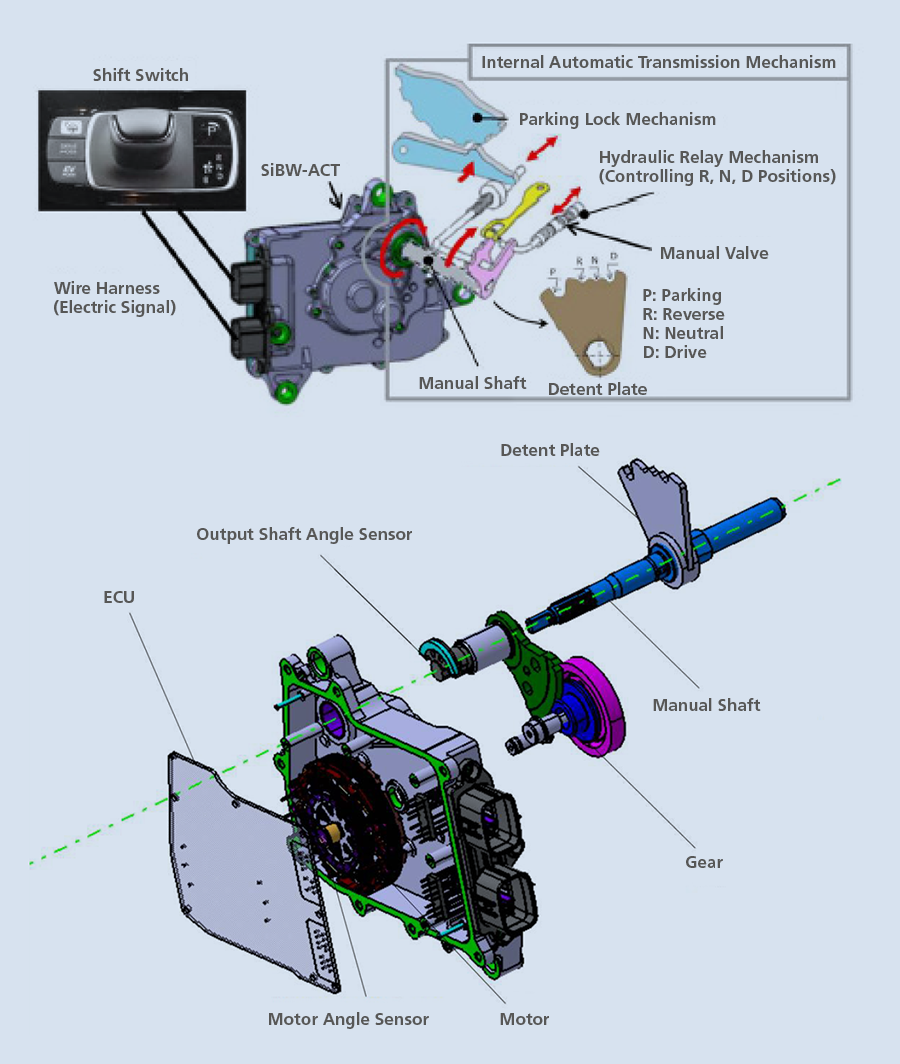
In shift-by-wire systems, evacuation performance is significantly affected if operation is interrupted due to a fault. Therefore, it is essential to perform operation in a safe state as a fail-safe concept. At the same time, the concept of intrinsic safety calls for a reduction in the number of parts. As a result, Aisin Corporation has developed a highly reliable shift-by-wire actuator with improved evacuation drive performance by implementing an integrated, independent, redundant electrics/electronics (E/E) system as an integrated electromechanical actuator while reducing the number of parts.
Comprehensive and Reproducible Troubleshooting Thanks to HIL Simulations
Aisin Corporation felt that HIL simulation was suitable for shift-by-wire verification because the shift-by-wire system is an integrated electromechanical product. HIL simulation makes it easy to verify the product during the development process without having an integrated electromechanical prototype.
Among other things, hardware-in-the-loop (HIL) simulations can be used to inject faults that are difficult to inject and reproduce in real vehicles. In addition, managing test patterns in a database ensures reusability, which means that the patterns can then be used for test bench and real vehicle evaluations.
"At Aisin, HIL development plays an important role," Mr. Ogino elaborates. "HIL development combines controls, circuits, motors, and gears. This allows us to respond flexibly in simulations at the communication level, signal level, electrical level, and mechanical level. At a very early stage of development, a detailed e-motor model based on the mechanical design level, was created using a software tool for electromechanical design: JMAG Designer. In addition to the material properties, the exact geometric properties of the stator, the rotor, and the permanent magnets were defined in this model. Using defined network points, a finite element simulation (FEM) was carried out over several days, the results of which were saved in the form of a round trip time (RTT) file. With these results, we were able to finish the controller design by means of model-in-the-loop (MIL) or HIL simulation before the real e-motor was even manufactured."
Mr. Ogino adds: "In times of Covid-19, it was hard for test engineers to be on site for all the tests. At Aisin, the dSPACE HIL system was therefore connected in such a way that it was also available from the home office. To do this, the test engineers loaded test data into a cloud. Then, a PC in the company retrieved this data, ran a test in conjunction with the dSPACE solutions, and sent a test report back to the cloud. This worked smoothly.“
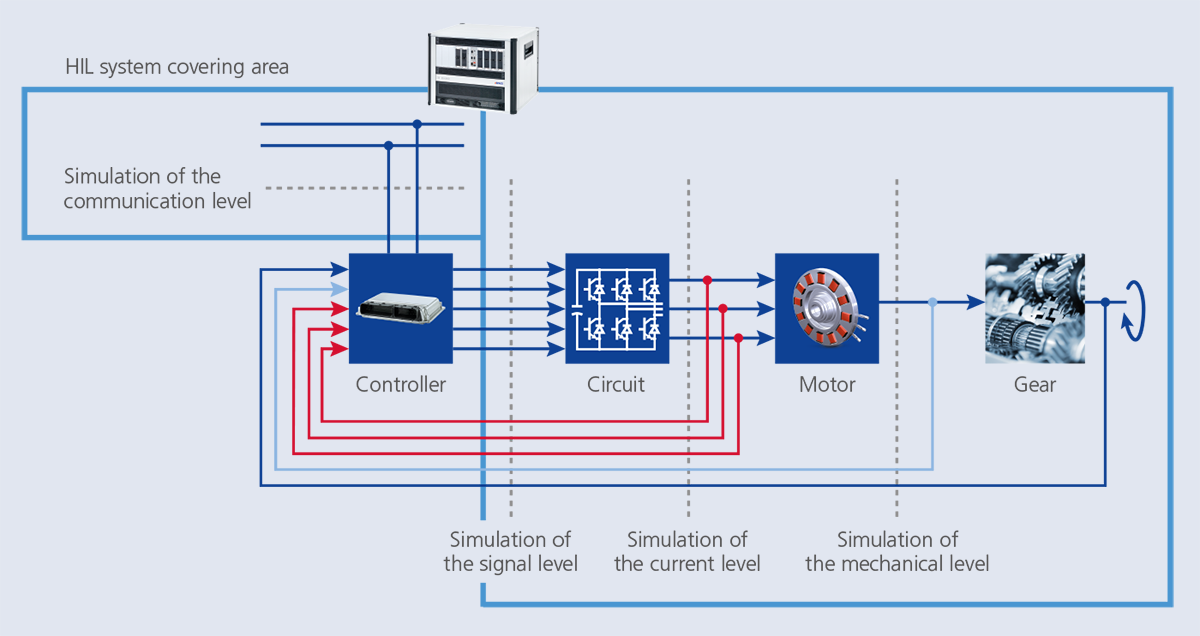
At Aisin, HIL development plays an important role. For the new shift-by-wire system, the interaction of control, sensor, motor, and gearbox was
put through its paces.
Data Feed and Evaluation at Microsecond Intervals
A dSPACE HIL system opened up new possibilities for the engineers to solve the problem of injecting and evaluating faults of varying speed, size, and scope related to safety-critical parts of the motor control system. Mr. Ogino reports: "Since we used a SCALEXIO real-time system equipped with a very fast field-programmable gate array (FPGA) board, we were able to simulate a highly accurate (FEM-based), fast, low-latency electric motor model using the flexible dSPACE XSG Electric Components library and JMAG Addon-Lib. We were also able to evaluate our 24/7 sweep tests on this system.
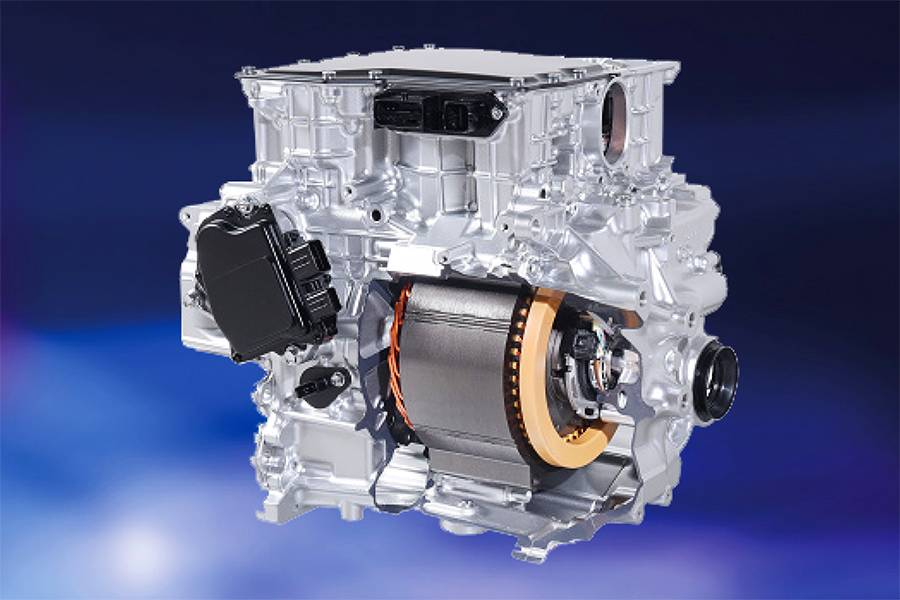
"Usually, faults are injected at regular intervals, but there were cases where faults only occurred within a specific 10 ms test gap between 213 ms and 223 ms. That was the main challenge we had to face," says Mr. Ogino. "To master it, we injected selected faults at precisely predefined locations in the µs to ns range. With these faults, we thoroughly tested and evaluated the control system. This worked without any problems thanks to the dSPACE HIL system. We also hardly had to spend any time on test evaluations, as the rest of the tasks were done automatically after review and adjustments."
The evaluations were automatically implemented at night and the completed reports were then immediately forwarded to the parties involved. It was also possible to convert test patterns created for HIL simulations and use them for MIL simulations and vice versa. Both test methods (MIL and HIL) are successfully used at Aisin for real vehicles and machines.
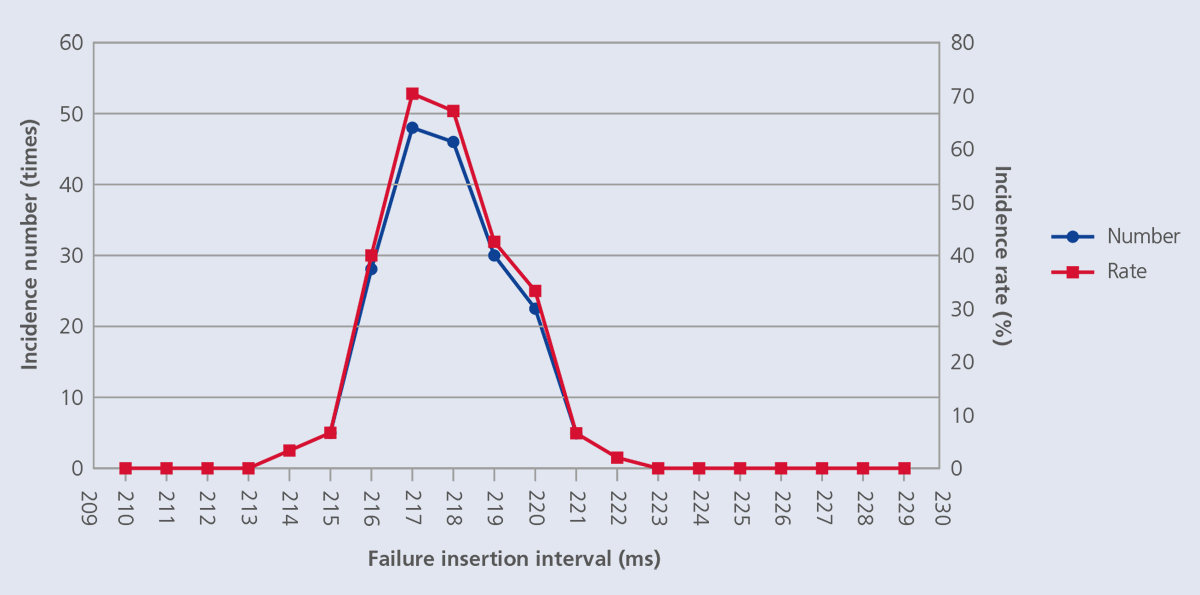
Faults had to be fed in exactly at predefined points in the μs to ns range. A challenge that the HIL simulator mastered with flying colors.
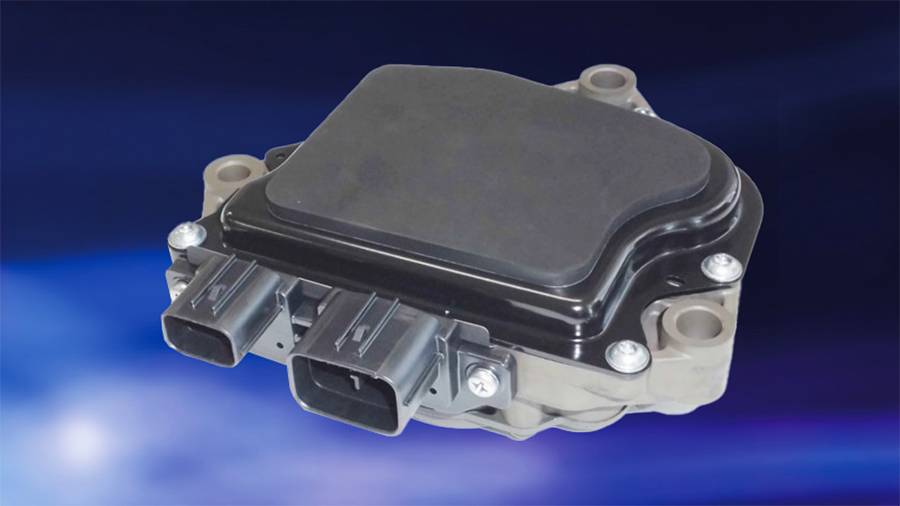
Mission accomplished!
Based on the data obtained via the HIL simulations, Aisin developed a shift-by-wire transmission that provides shifting behavior with great positional accuracy and responsiveness. In addition, thanks to its helical gearing with high deceleration and high efficiency with a small number of teeth, the new system is easy to install.
Shift-by-wire will be used in a wide variety of vehicles in the future. It is an essential pillar for the increasing electrification and advancing autonomous driving.
dSPACE MAGAZINE, PUBLISHED JANUARY 2023
About AISIN
AISIN CORPORATION is a Japanese automotive supplier specializing in the development and production of components for the automotive industry. With the goal of reducing traffic fatalities to zero, the company provides system products that enable advanced control of "driving, turning, and stopping," as well as products that improve driving enjoyment and comfort. The Chassis and Vehicle Safety System Company, of which Atsuto Ogino is General Manager, focuses on the development of peripheral monitoring systems, automatic parking systems, and driver monitoring systems. His main focus is on vehicle motion simulation and system and control development.

